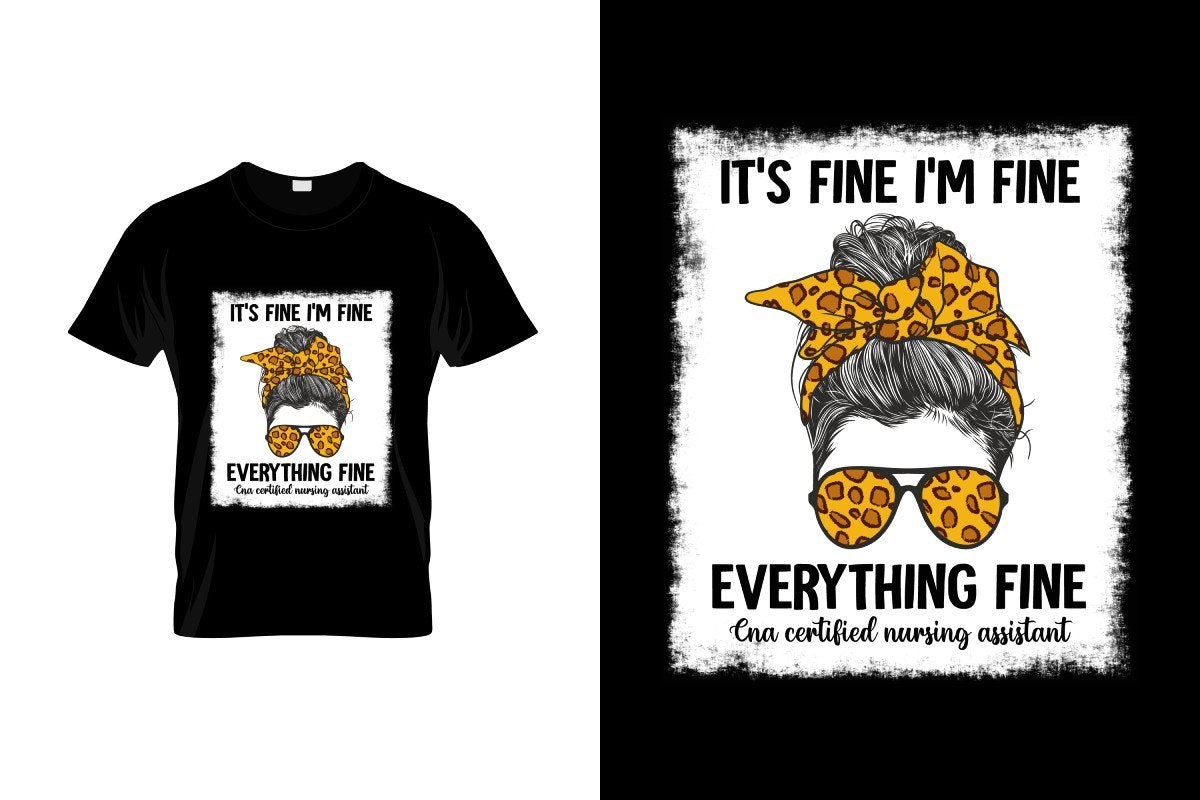
DTF Transfer vs Vinyl: Which to Choose?
Understanding DTF Transfers and Vinyl Printing
Both DTF transfers and vinyl printing are popular methods for customizing apparel, but they operate differently. DTF (Direct to Film) transfers involve printing a design onto a PET film, applying adhesive powder, and heat-pressing it onto fabric. Vinyl printing, on the other hand, requires cutting a design from colored vinyl sheets and heat pressing it onto garments. While both techniques produce high-quality prints, their application, durability, and cost differ significantly.
Design Capabilities: Which Method Offers More Flexibility?
When it comes to design complexity, DTF transfers provide superior flexibility. They allow for full-color prints with gradients, shading, and fine details, making them ideal for intricate graphics. Vinyl, however, is limited to solid colors and requires layering for multi-color designs. If you need high-resolution images or photorealistic prints, DTF is the better choice. Vinyl is more suitable for simple logos, text, and bold, single-color graphics.
Material Compatibility: Where Can You Use Each Method?
One major advantage of DTF transfers is their ability to adhere to various fabrics, including cotton, polyester, blends, denim, and even leather. Vinyl, on the other hand, works best on cotton and polyester but may not bond well with certain textured materials. If your business focuses on a variety of fabric types, DTF offers greater versatility. Vinyl printing is best suited for basic cotton t-shirts and sportswear.
Durability: Which Printing Method Lasts Longer?
Durability is an essential factor when choosing between DTF transfers and vinyl. DTF prints create a flexible, long-lasting bond with fabric, resisting cracking and peeling after multiple washes. Vinyl prints are sturdy but can crack or peel over time, especially with excessive stretching. If longevity and resilience are priorities, DTF is generally the better option, particularly for apparel that undergoes frequent washing.
Production Speed and Efficiency
For businesses that need quick production times, DTF transfers offer a streamlined process. Designs are printed and heat-pressed in one step, with no need for cutting or weeding. Vinyl printing, however, requires design cutting, weeding excess material, and applying transfer tape, which can be time-consuming. If efficiency and bulk production are important, DTF is the faster and more scalable option.
Cost Considerations: Which Method is More Budget-Friendly?
The cost of printing depends on setup, materials, and labor. DTF transfers require specialized printers, PET films, and adhesive powder, making the initial investment higher. However, they are cost-effective for high-volume production. Vinyl printing involves lower startup costs since it only requires a vinyl cutter and heat press. If you are starting a small business with a limited budget, vinyl may be a more affordable option, while DTF is ideal for larger production runs.
Best Use Cases: When to Choose DTF Transfers or Vinyl
Choosing between DTF transfers and vinyl depends on the intended application. DTF is best for detailed, multicolor designs and printing on various materials. It is ideal for fashion brands, detailed logos, and custom designs that require a soft feel. Vinyl works well for sports jerseys, promotional apparel, and simple designs where solid colors are preferred. Identifying your printing needs will help determine the most suitable method.
Conclusion
Both DTF transfers and vinyl printing have their strengths and are suited for different applications. DTF excels in full-color, high-detail printing and versatility across various fabrics. Vinyl is a great choice for simple, bold designs and budget-friendly startup costs. Businesses looking for scalable, durable, and professional-quality prints should consider DTF, while those focused on basic, solid-colored graphics may find vinyl more practical. Evaluating your needs and production goals will help you choose the best method for your business.
FAQ
- What is the main difference between DTF transfers and vinyl printing?
- DTF transfers allow for full-color, detailed designs, while vinyl is best for solid-color graphics cut from sheets.
- Which method is more durable over time?
- DTF prints are more flexible and resistant to cracking, whereas vinyl may peel or crack after multiple washes.
- Can DTF transfers be applied to any fabric?
- Yes, DTF transfers work on cotton, polyester, blends, denim, and even leather.
- Is vinyl printing cheaper than DTF?
- Vinyl has a lower initial investment, but DTF is more cost-effective for bulk printing.
- Which method is faster for production?
- DTF transfers are faster as they do not require cutting, weeding, or transfer tape application.
- Do DTF transfers feel heavier on fabric than vinyl?
- No, DTF prints are lightweight and soft, while vinyl can feel slightly thicker.
- Which printing method is best for small businesses?
- If working with simple designs, vinyl is cost-effective. For high-quality multicolor designs, DTF transfers are better.
- Can DTF transfers be used for personalized apparel?
- Yes, DTF transfers are perfect for customized, on-demand prints without design limitations.
- Which method is better for detailed images and gradients?
- DTF transfers excel at printing detailed and gradient designs, whereas vinyl is limited to solid colors.
- Does vinyl or DTF last longer on t-shirts?
- DTF transfers typically last longer and withstand repeated washes better than vinyl.






